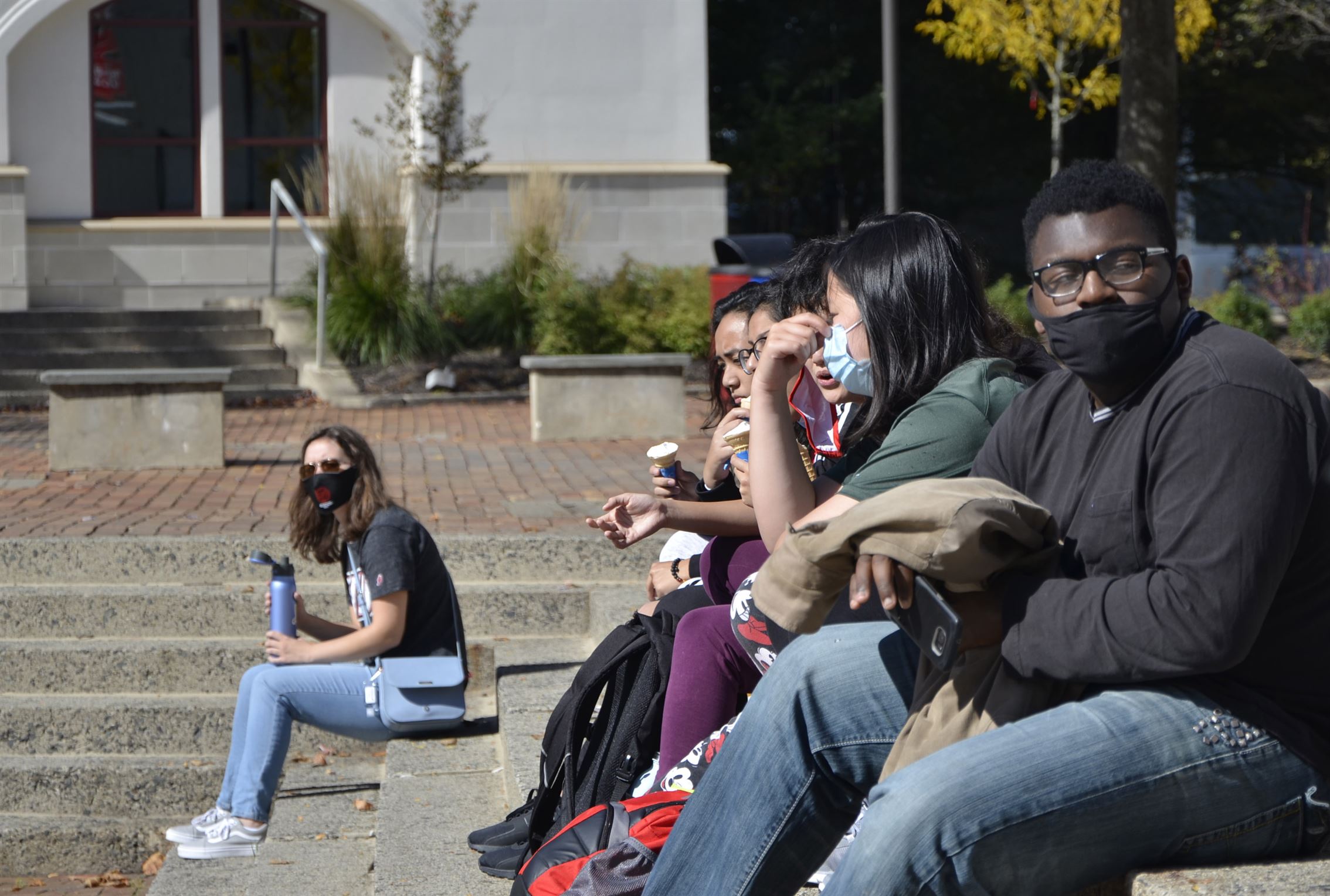During the first week in March, The Montclarion will be publishing content related to the two-year commemoration of the coronavirus (COVID-19) pandemic and the effect it has had on Montclair State University’s campus community #Since2020.
From the early stages of the pandemic, some students struggled to connect with others through an online screen. Although online learning was brought to students from the comforts of their own homes, challenges arose when human interactions became limited.
Ashley Campos, a junior communication and media studies major, recalls how her mental health was affected during this time.
“For me, my mental health, being at home all the time and being away from people, was really strange,” Campos said. “It was a really big shift coming back to campus last semester.”
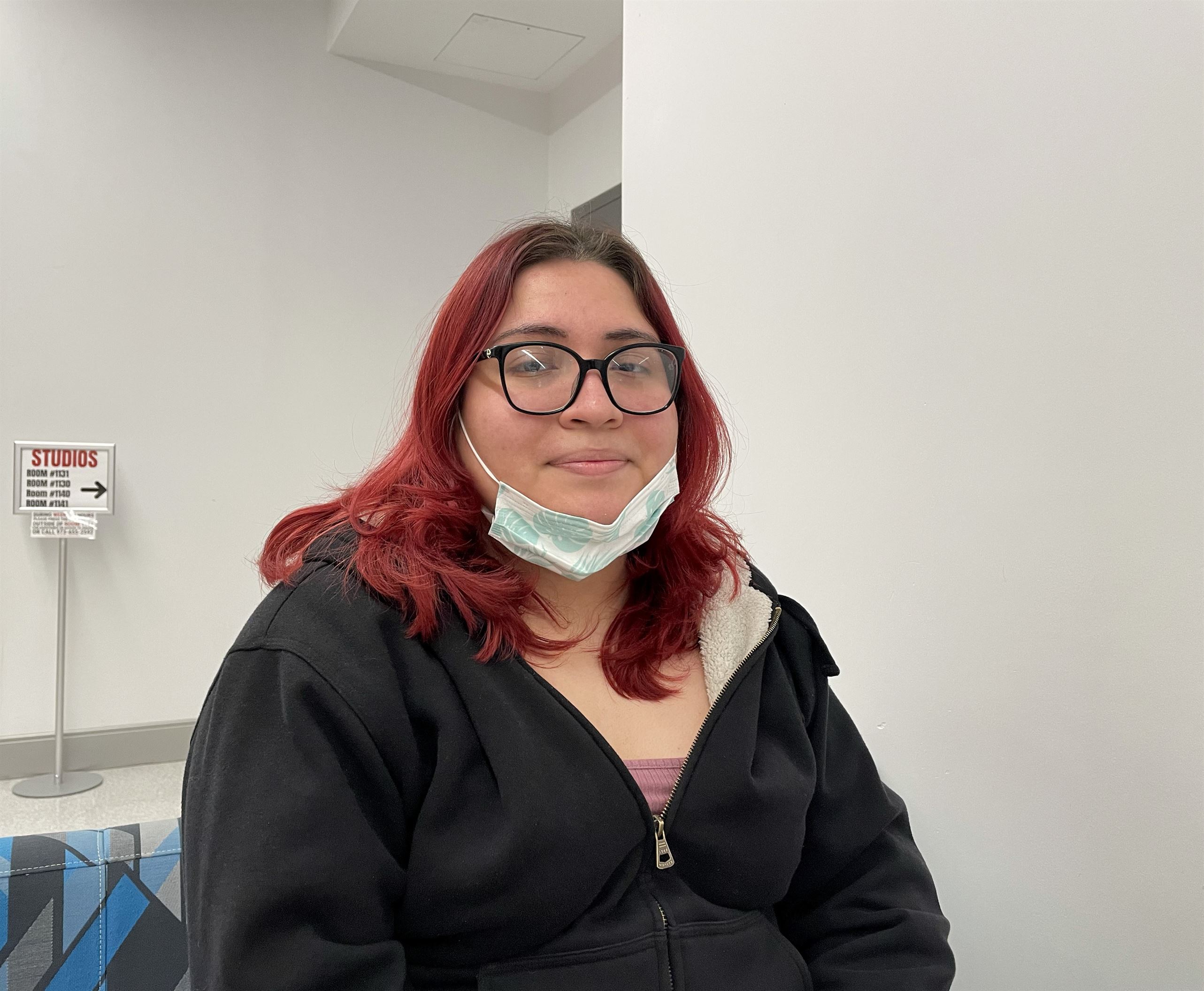
Ashley Campos, a junior communication and media studies major, expresses her thoughts on the pandemic.
Daniela Gomez | The Montclarion
Since the university’s reopening, Campos describes her return to campus as overwhelming and recalls it being a big shock after the strain of the lockdown.
“I say it’s definitely harder to form connections,” Campos said. “Professors are always apologizing because they can’t memorize people’s names since they can’t see our faces, so I know it’s harder on both ends.”
Saundra Collins, a psychology professor, said professors had to learn different techniques to try and restore the human connections and physical proximity that is lost when having to teach over Zoom.
“If you’re in a classroom, you can walk up to a student and make personal contact,” Collins said. “You can tell a joke and do something there that puts life into the learning experience that you can’t do when you’re dealing with technology.”
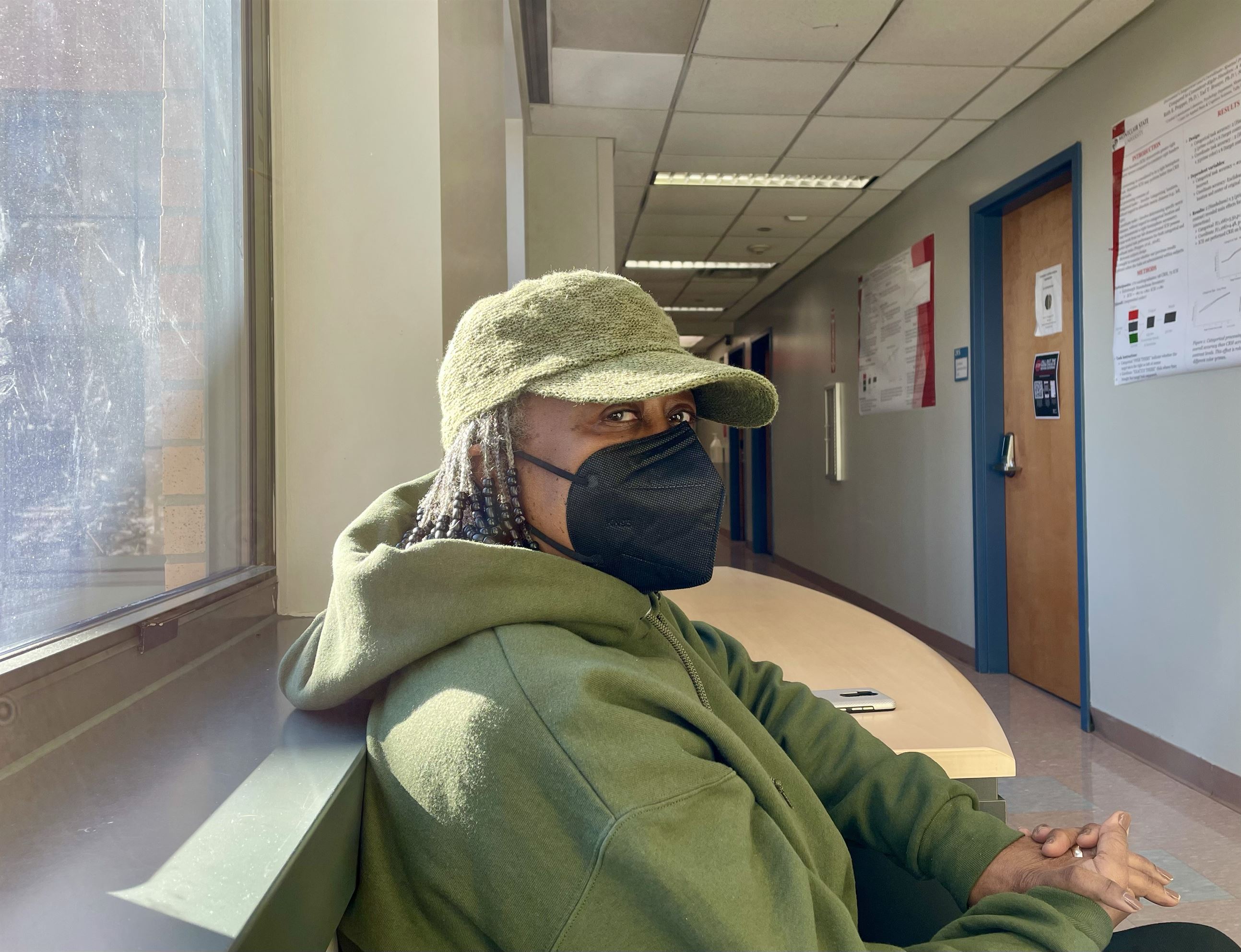
Saundra Collins, a psychology professor at Montclair State University, explains the toll this pandemic has taken on our mental health.
Daniela Gomez | The Montclarion
Now that the campus has reopened and everyone is back to wearing masks, Collins explained how she makes her students smile despite not being able to read facial expressions.
“I will start about five minutes before class is ending and I do what’s called a ‘hot seat’ for somebody who’s willing to answer a question for five points toward your next grade, and if you don’t know it, you can pass it to somebody else in the classroom,” Collins said. “I still do that. You got to keep something in there that brings the humor so you can hear them laugh.”
Raquel Borges, a freshman psychology major, said she had trouble connecting with classmates through Zoom.
“I feel like it’s kind of hard to talk to a classmate, it’s impersonal and a lot of people aren’t really paying attention during Zoom,” Borges said.
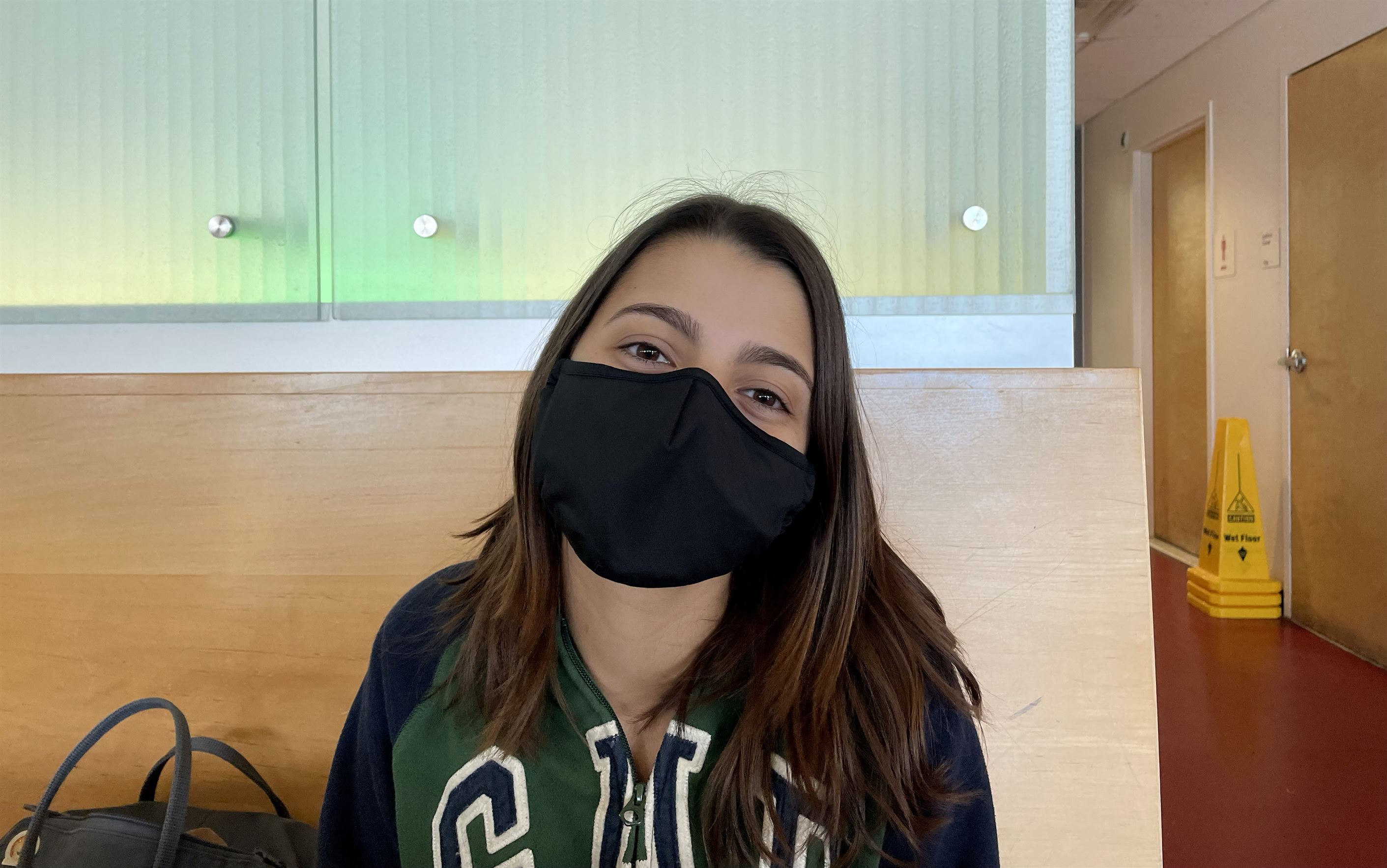
Raquel Borges, a freshman psychology major, had trouble connecting with classmates through Zoom.
Daniela Gomez | The Montclarion
Willow DeFilippo, a sophomore psychology major, stressed the importance of in-person interactions and how difficult it was to develop connections with professors over virtual learning.
“The lack of social interaction, especially for people aged 18 to 19 is not good for social development,” DeFilippo said. “My first two semesters when I was a freshman, I was totally virtual and I don’t think I can tell you a single one of my professors’ names from those classes.”
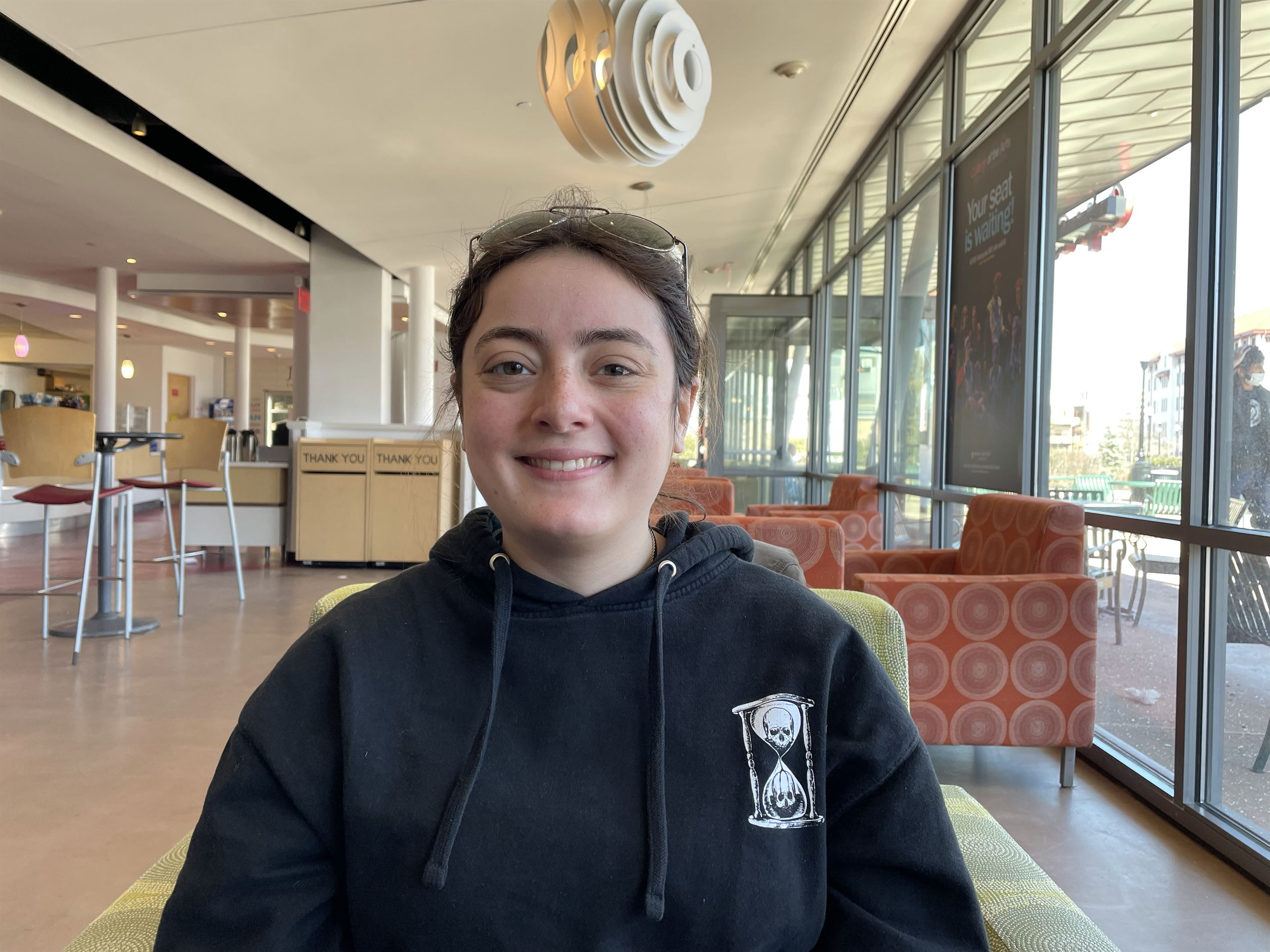
Willow DeFilippo, a sophomore psychology major, shares how it was difficult to make connections with professors through Zoom.
Daniela Gomez | The Montclarion
For Jordan Nosenchuk, a senior television and digital media major, the inability to meet people and the absence of others on campus prevented him from forming new in-person connections. Nosenchuk also feels his social skills worsened over Zoom, particularly in breakout rooms.
“I didn’t know anyone, breakout rooms [were supposed to help] ‘break the ice,’ but that’s what I didn’t like [about them],” Nosenchuk said. “We would just sit there and not speak. Breakout rooms are definitely awkward. Nobody really knows each other and [they] are just thrust into a situation to have a conversation.”
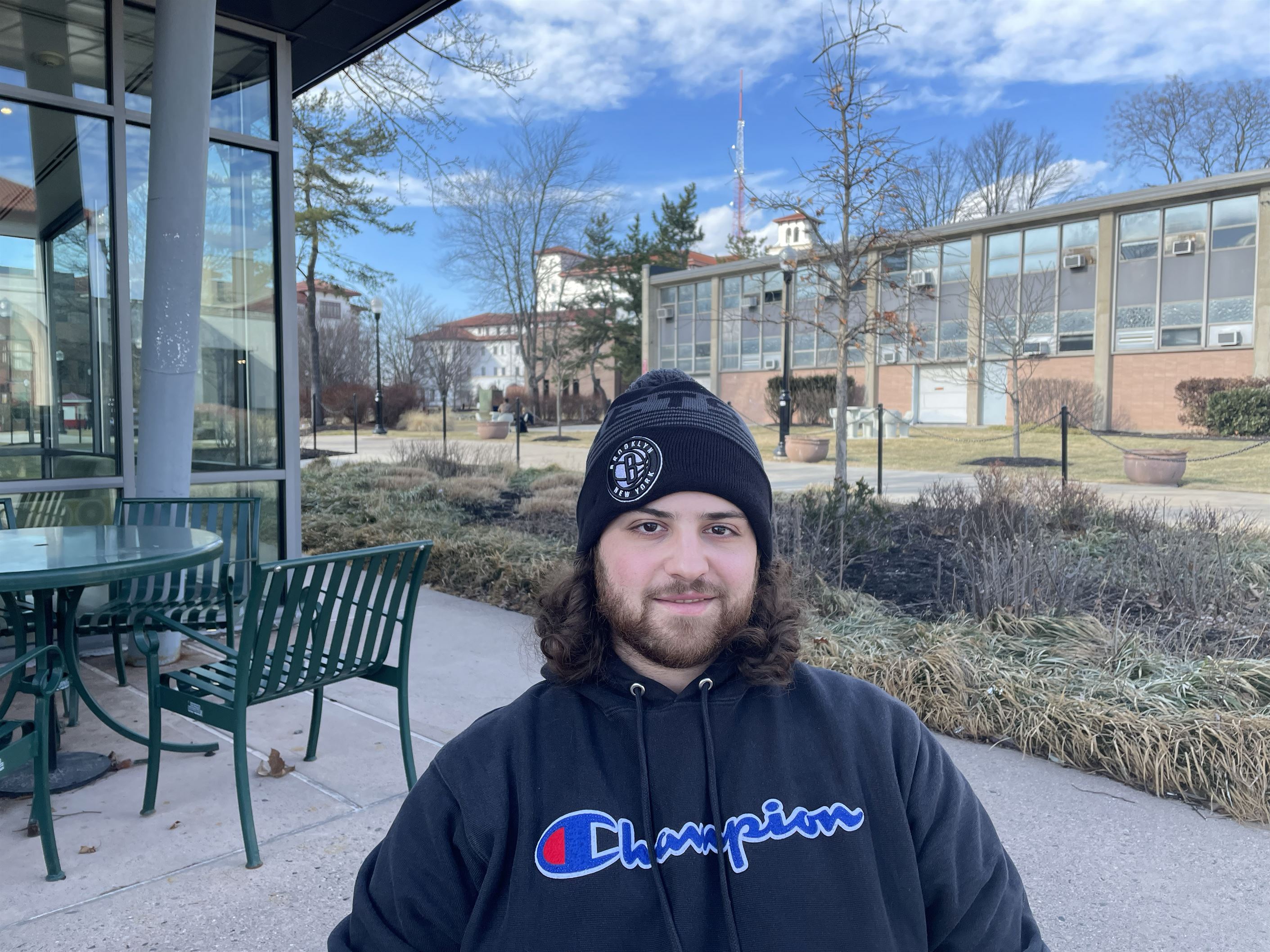
Jordan Nosenchuk, a senior television and digital media major, said Zoom made it even more uncomfortable to form connections.
Daniela Gomez | The Montclarion
To cope, Nosenchuk tried to find ways to get outside, even during his classes.
“I did Zoom outside because we were stuck inside constantly. Any opportunity I would get, I would take it,” Nosenchuk said.
For mental health resources during these difficult times, visit the university’s website on Counseling and Psychological Services.

